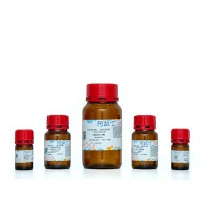The Cut-Off Behavioral Criteria Method: Modeling Clinical Diagnostic Criteria in Animal Studies of PTSD
互联网
638
Posttraumatic stress disorder (PTSD) is clinically defined by exposure to a significantly threatening and/or horrifying event and the presence of a certain number of symptoms from each of three symptom clusters at least one month after the event. The procedures involved in defining clinical diagnostic criteria for mental disorders are lengthy and quit stringent. The APA and WHO (responsible for the DSM and ICD, respectively) periodically review the diagnostic criteria, a process which engenders heated discussion in the literature, with the aim of refining and improving their clinical, epidemiological, and research validity.Animal behavioral studies, however, have generally tended to overlook this aspect and have commonly regarded the entire group of animals subjected to certain study conditions as homogeneous. The method to be described below was developed in an attempt to model diagnostic criteria in terms of individual patterns of response using behavioral measures and determining cut-off scores to distinguish between extremes of response or nonresponse, leaving a sizeable proportion of subjects in a middle group, outside each set of cut-off criteria. This chapter will discuss the concept of the model and its background, provide detailed protocols for each of its components, and present a selection of studies employing and examining the model, alongside the underlying translational rationale of each.









